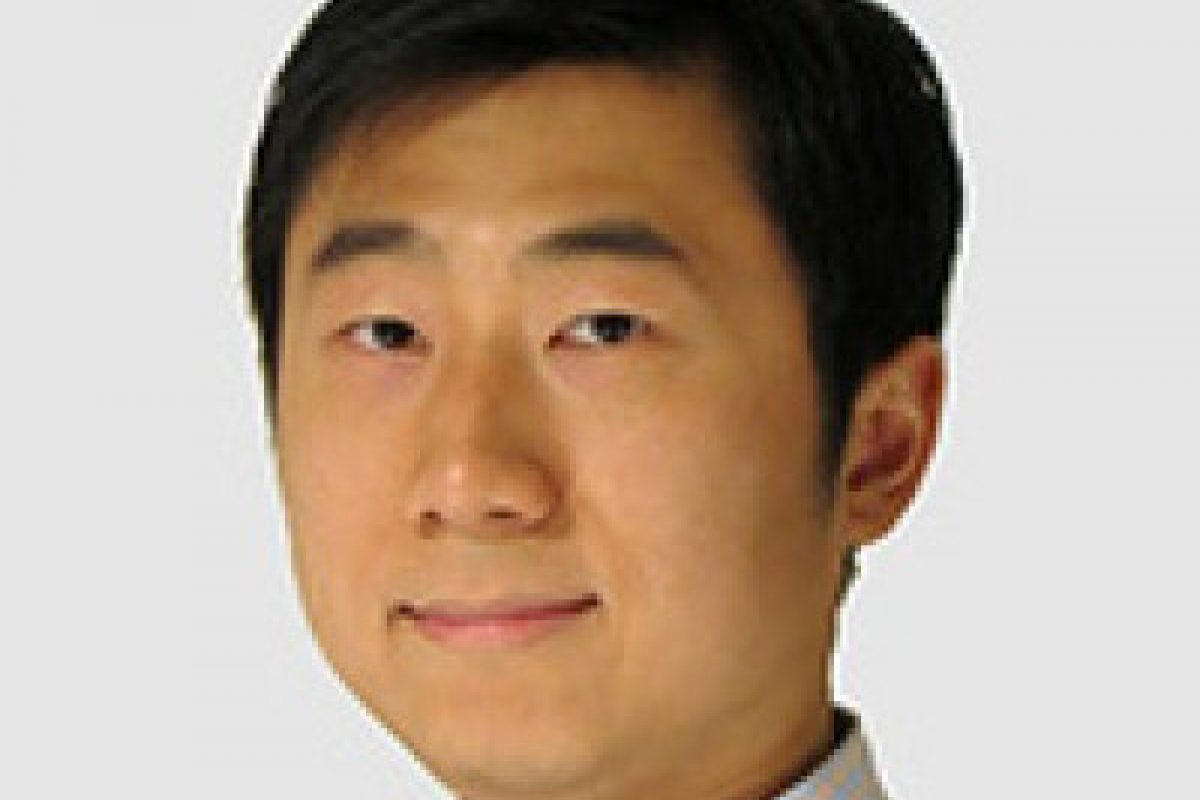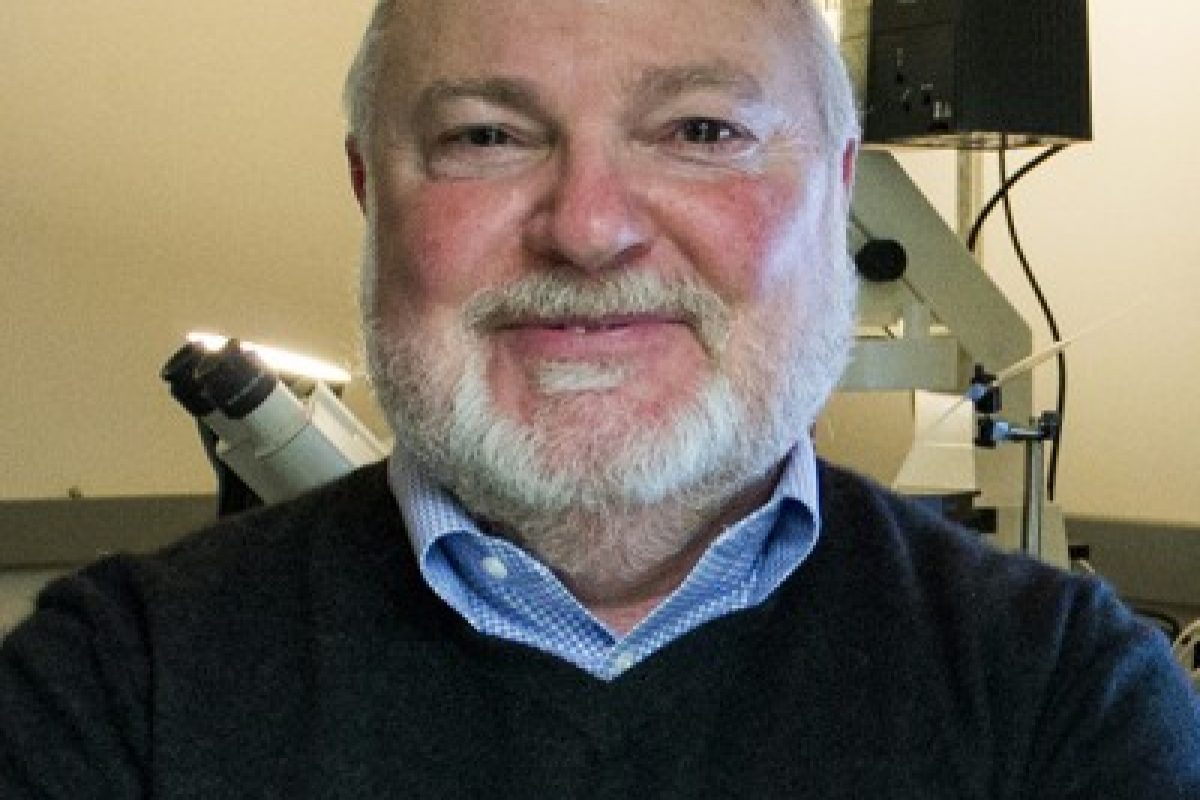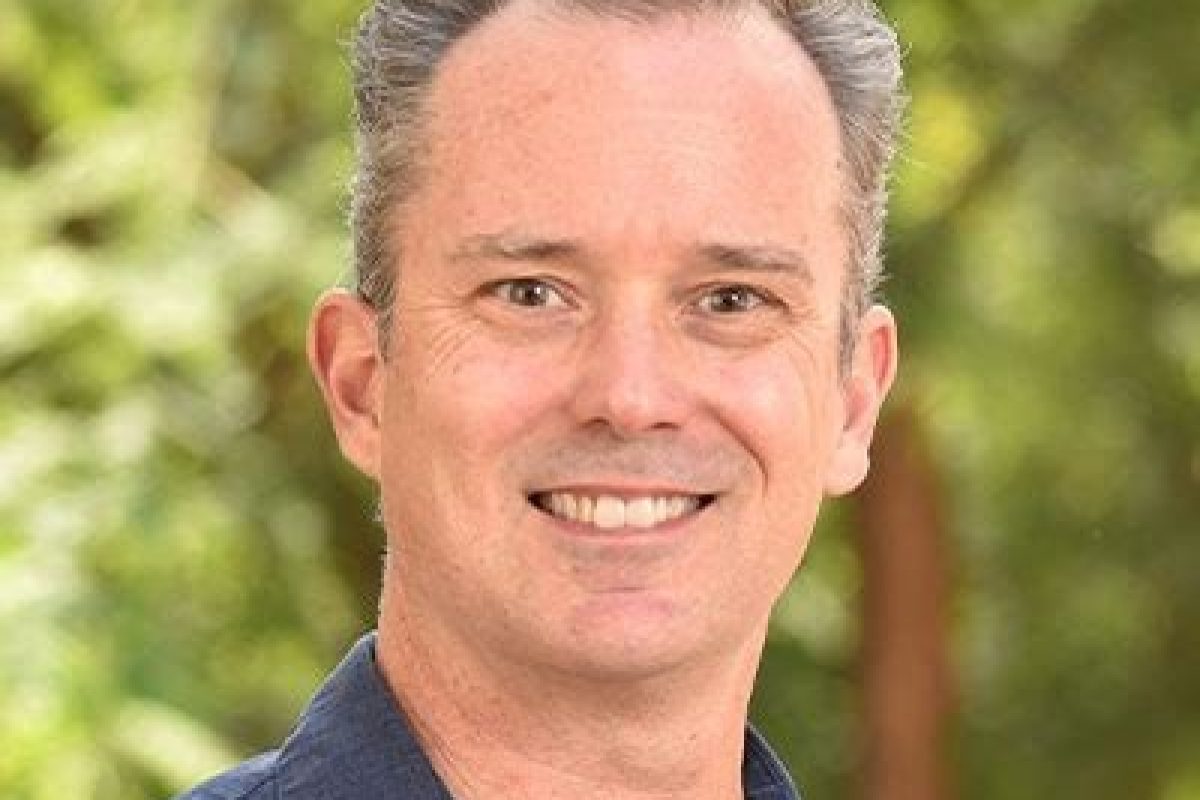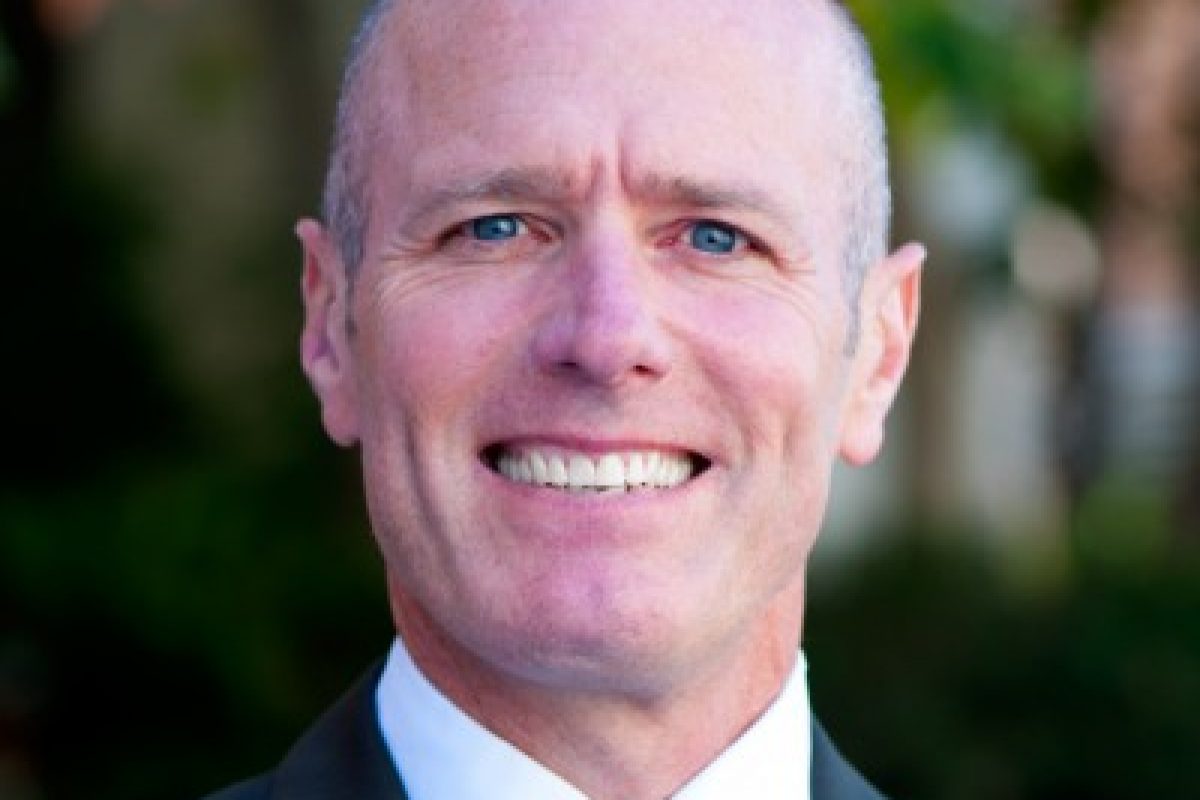Research
S. Thomas (Tom) Carmichael is a neurologist and neuroscientist at the Geffen School of Medicine at UCLA. Dr. Carmichael is a Professor and Vice Chair for Research and Progams in the Department of Neurology, with active laboratory and clinical interests in stroke and neurorehabilitation, and how the brain repairs from injury. He received his M.D. and Ph.D. degrees from Washington University School of Medicine in 1993 and 1994, and completed a Neurology residency at Washington University School of Medicine, serving as Chief Resident in 1997-1998. Dr. Carmichael was a Howard Hughes Medical Institute postdoctoral fellow at UCLA from 1998-2001, studying mechanisms of axonal sprouting, with a clinical emphasis on neurorehabilitation and stroke. He has been on the UCLA faculty since 2001. Dr. Carmichael’ s laboratory studies the molecular and cellular mechanisms of neural repair after stroke and other forms of brain injury. This research focuses on the processes of axonal sprouting and neural stem cell responses after stroke, and on neural stem cell transplantation. Dr. Carmichael is an attending physician on the Neurorehabilitation and Stroke clinical services at UCLA.
Publications
Li Songlin, Nie Esther H, Yin Yuqin, Benowitz Larry I, Tung Spencer, Vinters Harry V, Bahjat F Rena, Stenzel-Poore Mary P, Kawaguchi Riki, Coppola Giovanni, Carmichael S Thomas GDF10 is a signal for axonal sprouting and functional recovery after stroke Nature neuroscience, 2015; .
Rosenzweig Shira, Carmichael S Thomas The axon-glia unit in white matter stroke: Mechanisms of damage and recovery Brain research, 2015; 1623: 123-134.
Prakash Roshini, Carmichael S Thomas Blood-brain barrier breakdown and neovascularization processes after stroke and traumatic brain injury Current opinion in neurology, 2015; .
Dobkin Bruce H, Carmichael S Thomas The Specific Requirements of Neural Repair Trials for Stroke Neurorehabilitation and neural repair, 2015; 1623: .
Zhu Suwei, Nih Lina, Carmichael S Thomas, Lu Yunfeng, Segura Tatiana Enzyme-Responsive Delivery of Multiple Proteins with Spatiotemporal Control Advanced materials (Deerfield Beach, Fla.), 2015; 27(24): 3620-5.
Omura Takao, Omura Kumiko, Tedeschi Andrea, Riva Priscilla, Painter Michio W, Rojas Leticia, Martin Joshua, Lisi Véronique, Huebner Eric A, Latremoliere Alban, Yin Yuqin, Barrett Lee B, Singh Bhagat, Lee Stella, Crisman Tom, Gao Fuying, Li Songlin, Kapur Kush, Geschwind Daniel H, Kosik Kenneth S, Coppola Giovanni, He Zhigang, Carmichael S Thomas, Benowitz Larry I, Costigan Michael, Woolf Clifford J Robust Axonal Regeneration Occurs in the Injured CAST/Ei Mouse CNS Neuron, 2015; 86(5): 1215-27.
Kathirvelu Balachandar, Carmichael S Thomas Intracerebral hemorrhage in mouse models: therapeutic interventions and functional recovery Metabolic brain disease, 2015; 30(2): 449-59.
Lam Jonathan, Carmichael S Thomas, Lowry William E, Segura Tatiana Hydrogel design of experiments methodology to optimize hydrogel for iPSC-NPC culture Advanced healthcare materials, 2015; 4(4): 534-9.
Hinman Jason D, Lee Monica D, Tung Spencer, Vinters Harry V, Carmichael S Thomas Molecular disorganization of axons adjacent to human lacunar infarcts Brain : a journal of neurology, 2015; 138(Pt 3): 736-45.
Lugassy Claire, Zadran Sohila, Bentolila Laurent A, Wadehra Madhuri, Prakash Roshini, Carmichael S Thomas, Kleinman Hynda K, Péault Bruno, Larue Lionel, Barnhill Raymond L Angiotropism, pericytic mimicry and extravascular migratory metastasis in melanoma: an alternative to intravascular cancer dissemination Cancer microenvironment : official journal of the International Cancer Microenvironment Society, 2014; 7(3): 139-52.
Lam Jonathan, Lowry William E, Carmichael S Thomas, Segura Tatiana Delivery of iPS-NPCs to the Stroke Cavity within a Hyaluronic Acid Matrix Promotes the Differentiation of Transplanted Cells Advanced functional materials, 2014; 24(44): 7053-7062.
Barratt Harriet E, Lanman Tyler A, Carmichael S Thomas Mouse intracerebral hemorrhage models produce different degrees of initial and delayed damage, axonal sprouting, and recovery Journal of cerebral blood flow and metabolism : official journal of the International Society of Cerebral Blood Flow and Metabolism, 2014; 34(9): 1463-71.
López-Valdés Héctor E, Clarkson Andrew N, Ao Yan, Charles Andrew C, Carmichael Stanley Thomas, Sofroniew Michael V, Brennan Kevin C Memantine enhances recovery from stroke Stroke; a journal of cerebral circulation, 2014; 45(7): 2093-100.
Gleichman Amy J, Carmichael S Thomas Astrocytic therapies for neuronal repair in stroke Neuroscience letters, 2014; 565(7): 47-52.
Overman Justine J, Carmichael S Thomas Plasticity in the injured brain: more than molecules matter The Neuroscientist : a review journal bringing neurobiology, neurology and psychiatry, 2014; 20(1): 15-28.
Carmichael S Thomas Reflections: neurology and the humanities. Molecular medicine and the art of brain repair Neurology, 2013; 81(24): 2143-4.
Rosenzweig Shira, Carmichael S Thomas Age-dependent exacerbation of white matter stroke outcomes: a role for oxidative damage and inflammatory mediators Stroke; a journal of cerebral circulation, 2013; 44(9): 2579-86.
Moshayedi Pouria, Carmichael S Thomas Hyaluronan, neural stem cells and tissue reconstruction after acute ischemic stroke Biomatter, 2013; 3(1): .
Carmichael S Thomas, Krakauer John W The promise of neuro-recovery after stroke: introduction Stroke; a journal of cerebral circulation, 2013; 44(6 Suppl 1): S103.
Hinman Jason D, Rasband Matthew N, Carmichael S Thomas Remodeling of the axon initial segment after focal cortical and white matter stroke Stroke; a journal of cerebral circulation, 2013; 44(1): 182-9.
Brumm Andrew J, Carmichael S Thomas Not just a rush of blood to the head Nature medicine, 2012; 18(11): 1609-10.
Krakauer John W, Carmichael S Thomas, Corbett Dale, Wittenberg George F Getting neurorehabilitation right: what can be learned from animal models? Neurorehabilitation and neural repair, 2012; 26(8): 923-31.
Carmichael S Thomas Opinion & special articles: a guide from fellowship to faculty: Nietzsche and the academic neurologist Neurology, 2012; 79(14): e116-9.
Overman Justine J, Clarkson Andrew N, Wanner Ina B, Overman William T, Eckstein Ilya, Maguire Jaime L, Dinov Ivo D, Toga Arthur W, Carmichael S Thomas A role for ephrin-A5 in axonal sprouting, recovery, and activity-dependent plasticity after stroke Proceedings of the National Academy of Sciences of the United States of America, 2012; 109(33): E2230-9.
Chesselet Marie-Francoise, Carmichael S Thomas Animal models of neurological disorders Neurotherapeutics : the journal of the American Society for Experimental NeuroTherapeutics, 2012; 9(2): 241-4.
Sozmen Elif G, Hinman Jason D, Carmichael S Thomas Models that matter: white matter stroke models Neurotherapeutics : the journal of the American Society for Experimental NeuroTherapeutics, 2012; 9(2): 349-58.
Zhang Jianjun, Tokatlian Talar, Zhong Jin, Ng Quinn K T, Patterson Michaela, Lowry William E, Carmichael S Thomas, Segura Tatiana Physically associated synthetic hydrogels with long-term covalent stabilization for cell culture and stem cell transplantation Advanced materials (Deerfield Beach, Fla.), 2011; 23(43): 5098-103.
Carmichael S Thomas Brain Excitability in Stroke: The Yin and Yang of Stroke Progression Archives of neurology, 2011; 23(43): .
Clarkson Andrew N, Overman Justine J, Zhong Sheng, Mueller Rudolf, Lynch Gary, Carmichael S Thomas AMPA receptor-induced local brain-derived neurotrophic factor signaling mediates motor recovery after stroke The Journal of neuroscience : the official journal of the Society for Neuroscience, 2011; 31(10): 3766-75.
Savitz Sean I, Chopp Michael, Deans Robert, Carmichael S T, Phinney Donald, Wechsler Larry Stem Cell Therapy as an Emerging Paradigm for Stroke (STEPS) II Stroke; a journal of cerebral circulation, 2011; 42(3): 825-9.
Li Songlin, Overman Justine J, Katsman Diana, Kozlov Serguei V, Donnelly Christopher J, Twiss Jeffery L, Giger Roman J, Coppola Giovanni, Geschwind Daniel H, Carmichael S Thomas An age-related sprouting transcriptome provides molecular control of axonal sprouting after stroke Nature neuroscience, 2010; 13(12): 1496-504.
Clarkson Andrew N, Huang Ben S, Macisaac Sarah E, Mody Istvan, Carmichael S Thomas Reducing excessive GABA-mediated tonic inhibition promotes functional recovery after stroke Nature, 2010; 468(7321): 305-9.
Mostany Ricardo, Chowdhury Tara G, Johnston David G, Portonovo Shiva A, Carmichael S Thomas, Portera-Cailliau Carlos Local hemodynamics dictate long-term dendritic plasticity in peri-infarct cortex The Journal of neuroscience : the official journal of the Society for Neuroscience, 2010; 30(42): 14116-26.
Carmichael S Thomas Targets for neural repair therapies after stroke Stroke; a journal of cerebral circulation, 2010; 41(10 Suppl): S124-6.
Zhong Jin, Chan Albert, Morad Leeron, Kornblum Harley I, Fan Guoping, Carmichael S Thomas Hydrogel Matrix to Support Stem Cell Survival After Brain Transplantation in Stroke Neurorehabilitation and neural repair, 2010; .
Benowitz Larry I, Carmichael S Thomas Promoting axonal rewiring to improve outcome after stroke Neurobiology of disease, 2010; 37(2): 259-66.
Carmichael S Thomas Translating the frontiers of brain repair to treatments: starting not to break the rules Neurobiology of disease, 2010; 37(2): 237-42.
Clarkson Andrew N, Carmichael S Tomas Cortical excitability and post-stroke recovery Biochemical Society transactions, 2009; 37(Pt 6): 1412-4.
Harris N G, Carmichael S T, Hovda D A, Sutton R L Traumatic brain injury results in disparate regions of chondroitin sulfate proteoglycan expression that are temporally limited Journal of neuroscience research, 2009; 87(13): 2937-50.
Sozmen Elif G, Kolekar Arunima, Havton Leif A, Carmichael S Thomas A white matter stroke model in the mouse: axonal damage, progenitor responses and MRI correlates Journal of neuroscience methods, 2009; 180(2): 261-72.
Chow David K, Groszer Matthias, Pribadi Mochtar, Machniki Michal, Carmichael S Thomas, Liu Xin, Trachtenberg Joshua T Laminar and compartmental regulation of dendritic growth in mature cortex Nature neuroscience, 2009; 12(2): 116-8.
Gregorian Caroline, Nakashima Jonathan, Le Belle Janel, Ohab John, Kim Rachel, Liu Annie, Smith Kate Barzan, Groszer Matthias, Garcia A Denise, Sofroniew Michael V, Carmichael S Thomas, Kornblum Harley I, Liu Xin, Wu Hong Pten deletion in adult neural stem/progenitor cells enhances constitutive neurogenesis The Journal of neuroscience : the official journal of the Society for Neuroscience, 2009; 29(6): 1874-86.
Carmichael S Thomas, Vespa Paul M, Saver Jeffery L, Coppola Giovanni, Geschwind Daniel H, Starkman Sidney, Miller Chad M, Kidwell Chelsea S, Liebeskind David S, Martin Neil A Genomic profiles of damage and protection in human intracerebral hemorrhage Journal of cerebral blood flow and metabolism : official journal of the International Society of Cerebral Blood Flow and Metabolism, 2008; 28(11): 1860-75.
Ohab J J, Carmichael S T Poststroke neurogenesis: emerging principles of migration and localization of immature neurons The Neuroscientist : a review journal bringing neurobiology, neurology and psychiatry, 2008; 14(4): 369-80.
Miller Chad M, Vespa Paul, Saver Jeffrey L, Kidwell Chelsea S, Carmichael Stanley T, Alger Jeffry, Frazee John, Starkman Sid, Liebeskind David, Nenov Valeriy, Elashoff Robert, Martin Neil Image-guided endoscopic evacuation of spontaneous intracerebral hemorrhage Surgical neurology, 2008; 69(5): 441-6; discussion 446.
Carmichael S Thomas Themes and strategies for studying the biology of stroke recovery in the poststroke epoch Stroke; a journal of cerebral circulation, 2008; 39(4): 1380-8.
Popa-Wagner Aurel, Carmichael Stanley Thomas, Kokaia Zaal, Kessler Christof, Walker Lary C The response of the aged brain to stroke: too much, too soon? Current neurovascular research, 2007; 4(3): 216-27.
Ohab John J, Fleming Sheila, Blesch Armin, Carmichael S Thomas A neurovascular niche for neurogenesis after stroke The Journal of neuroscience : the official journal of the Society for Neuroscience, 2006; 26(50): 13007-16.
Li Songlin, Carmichael S Thomas Growth-associated gene and protein expression in the region of axonal sprouting in the aged brain after stroke Neurobiology of disease, 2006; 23(2): 362-73.
Carmichael S Thomas Cellular and molecular mechanisms of neural repair after stroke: making waves Annals of neurology, 2006; 59(5): 735-42.
Visnyei Koppany, Tatsukawa Keith J, Erickson Rebecca I, Simonian Sharis, Oknaian Nareg, Carmichael S Thomas, Kornblum Harley I Neural progenitor implantation restores metabolic deficits in the brain following striatal quinolinic acid lesion Experimental neurology, 2006; 197(2): 465-74.
Tsai Peter T, Ohab John J, Kertesz Nathalie, Groszer Matthias, Matter Cheryl, Gao Jing, Liu Xin, Wu Hong, Carmichael S Thomas A critical role of erythropoietin receptor in neurogenesis and post-stroke recovery The Journal of neuroscience : the official journal of the Society for Neuroscience, 2006; 26(4): 1269-74.
Carmichael S Thomas Rodent models of focal stroke: size, mechanism, and purpose NeuroRx : the journal of the American Society for Experimental NeuroTherapeutics, 2005; 2(3): 396-409.
Carmichael S Thomas, Archibeque Ivonne, Luke Linslee, Nolan Tim, Momiy Janneth, Li Songlin Growth-associated gene expression after stroke: evidence for a growth-promoting region in peri-infarct cortex Experimental neurology, 2005; 193(2): 291-311.
Li Songlin, Zheng Jian, Carmichael S Thomas Increased oxidative protein and DNA damage but decreased stress response in the aged brain following experimental stroke Neurobiology of disease, 2005; 18(3): 432-40.
Carmichael S Thomas, Tatsukawa Keith, Katsman Diana, Tsuyuguchi Naohiro, Kornblum Harley I Evolution of diaschisis in a focal stroke model Stroke; a journal of cerebral circulation, 2004; 35(3): 758-63.
Mir Halleh M, Tatsukawa Keith J, Carmichael S Thomas, Chesselet Marie-Francoise, Kornblum Harley I Metabolic correlates of lesion-specific plasticity: an in vivo imaging study Brain research, 2004; 1002(1-2): 28-34.
Carmichael S Thomas Gene expression changes after focal stroke, traumatic brain and spinal cord injuries Current opinion in neurology, 2003; 16(6): 699-704.
Katsman Diana, Zheng Jian, Spinelli Kateri, Carmichael S Thomas Tissue microenvironments within functional cortical subdivisions adjacent to focal stroke Journal of cerebral blood flow and metabolism : official journal of the International Society of Cerebral Blood Flow and Metabolism, 2003; 23(9): 997-1009.
Carmichael S Thomas Plasticity of cortical projections after stroke The Neuroscientist : a review journal bringing neurobiology, neurology and psychiatry, 2003; 9(1): 64-75.
Carmichael S Thomas, Chesselet Marie-Françoise Synchronous neuronal activity is a signal for axonal sprouting after cortical lesions in the adult The Journal of neuroscience : the official journal of the Society for Neuroscience, 2002; 22(14): 6062-70.
Carmichael S Thomas New laboratory start-up in the 21st century Trends in neurosciences, 2002; 25(6): 287-8. Carmichael S T, Wei L, Rovainen C M, Woolsey T A New patterns of intracortical projections after focal cortical stroke Neurobiology of disease, 2001; 8(5): 910-22.




